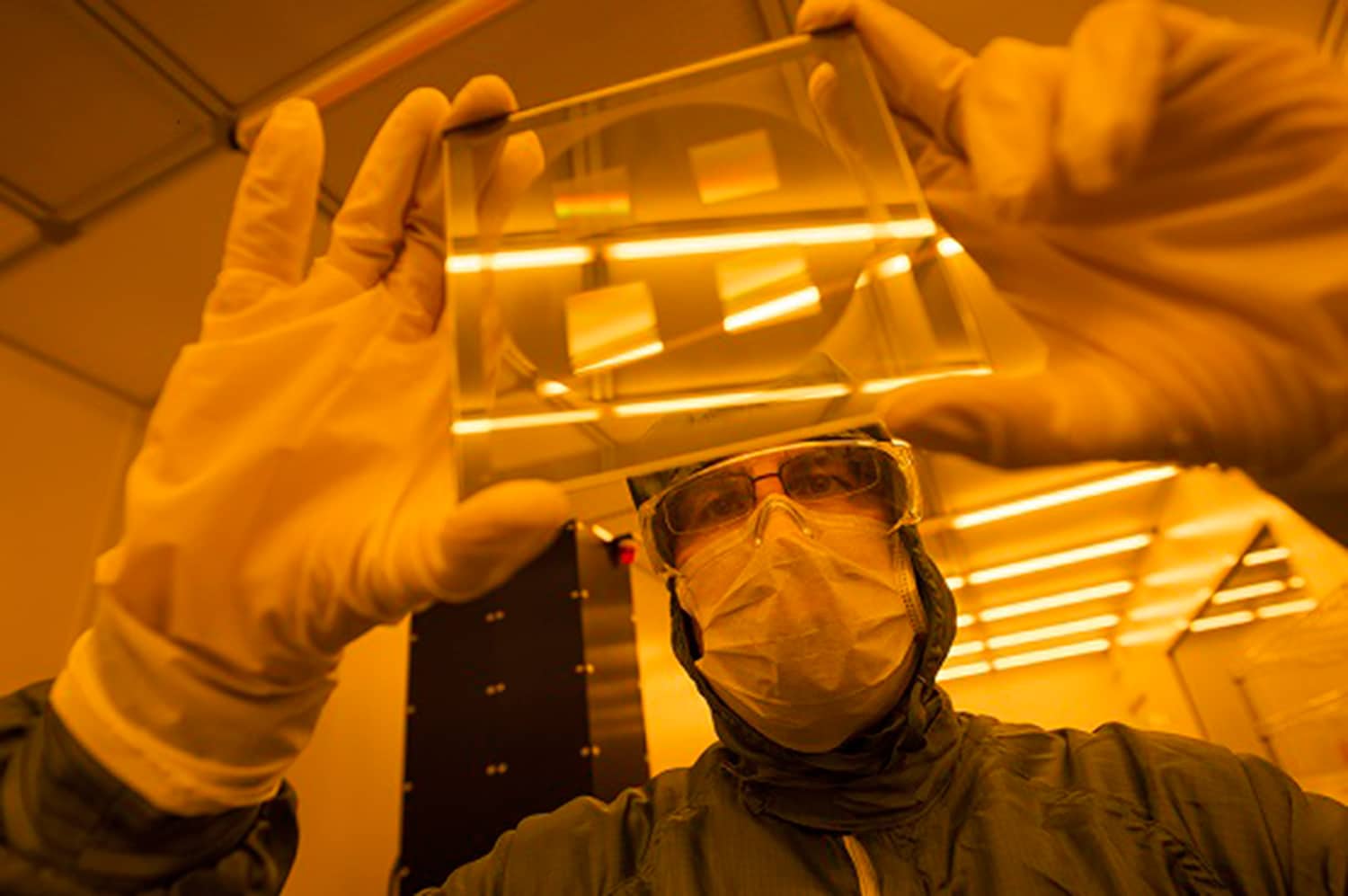
Developing strategies to prevent bacterial infections that do not rely on drugs is regarded globally as essential.
Considering this, for the first time, scientists from Monash University have engineered new antimicrobial surfaces that can significantly reduce the formation of bacteria on medical instruments such as urinary catheters and reduce the risk of patient infection while in hospital.
This is the world-first study that shows the potential for 3D engineered surfaces in preventing the initial formation of microcolonies of Escherichia Coli (E.coli), Klebsiella pneumonia, and Pseudomonas aeruginosa.
These 3D antimicrobial surfaces are made from smooth, 3D micro features. One of the surfaces includes P01. When tested, the surface was successfully able to reduce both attachments of bacteria and biofilm formation.
As scientists noted, it was efficient in reducing bacteria of E.coli, K.pneumoniae, and P. aeruginosa with 55 percent, 69 percent, and 68 percent fewer bacterial cells attached, and 53 percent, 77 percent, and 66 percent less microcolonies being formed, respectively.
Sara Ghavamian, from the Monash Department of Mechanical and Aerospace Engineering, who created these surfaces, said, “Using E.coli as an example, we found bacterial cells that form on surfaces do so mostly on the sharp corners. By removing these sharp features, the bacteria can no longer colonize the surface as effectively. This same effect has been demonstrated for the two other pathogens in this study.”
“High-touch surfaces within hospitals, such as catheters and ventilators, are a significant source of microbial spread and healthcare-associated infections. Infection control through physically altering the microarchitecture of these surfaces, rather than the traditional use of chemical agents, is not only a more durable approach but also an effective strategy for combating antimicrobial resistance.”
Scientists engineered the 3D microtopographies in different heights and smooth curved cross-sections. By smoothing out these corners, the bacteria would be left with nowhere to hide.
Sara said, “After equivalent incubation periods with the same bacteria, we discovered that while the micropatterned surfaces were indeed successful in reducing the number of microcolonies formed, they, problematically, increased the number of attached bacteria compared with traditional micro-flat surfaces.”
“Opposite the conventional sharp micropatterned surfaces, our smooth design demonstrated a simultaneous decrease in both the number of bacterial attachment and microcolony formation compared to the standard flat surfaces.”
“Developing strategies to prevent the bacterial colonization of surfaces, such as catheters, without requiring antimicrobial drugs or chemicals is critical to stop biofilm formation and the potential spread of harmful diseases.”
Journal Reference:
- Sara Ghavamian et al. Three-Dimensional Micropatterning Deters Early Bacterial Adherence and Can Eliminate Colonization. DOI: 10.1021/acsami.1c01902
Continue reading 3D engineered surfaces to significantly reduce the formation of bacteria on medical instruments on Tech Explorist.
0 comments:
Post a Comment